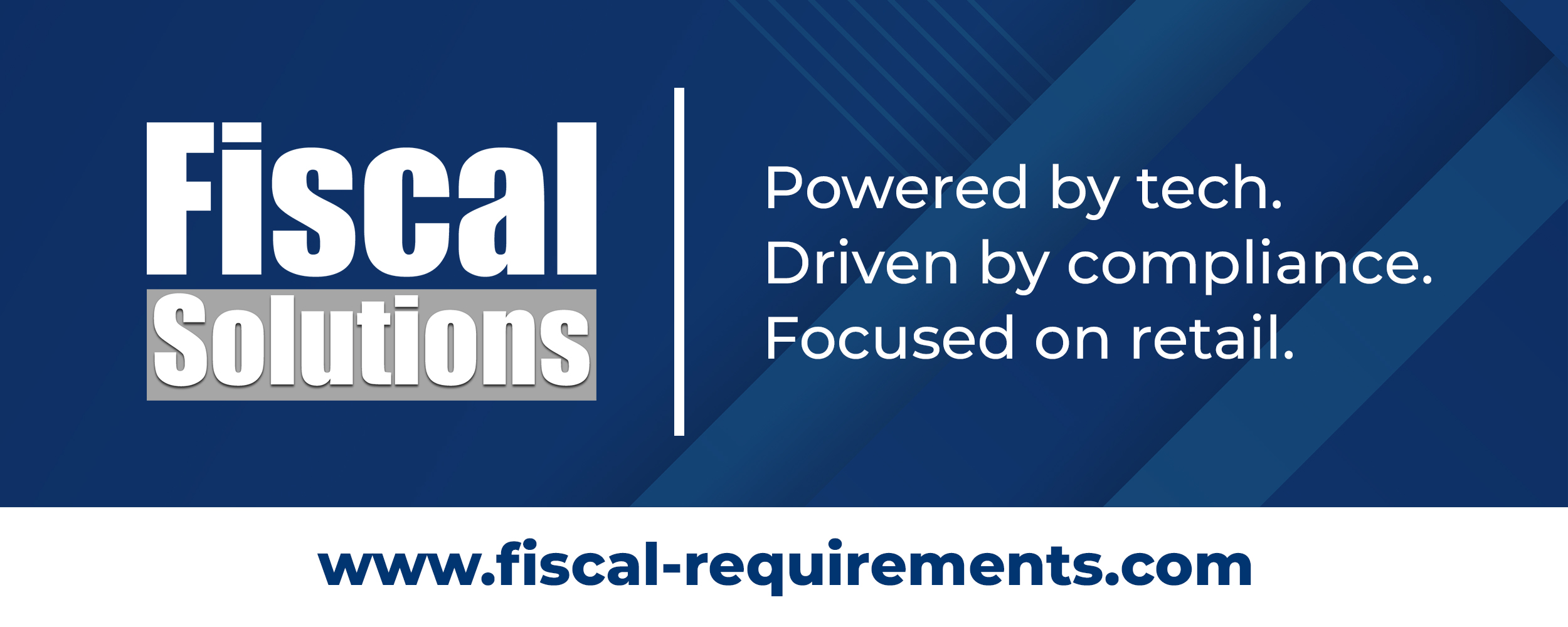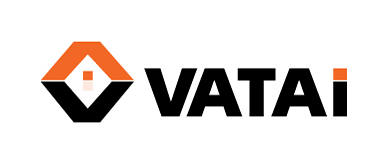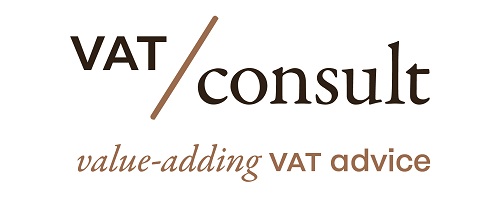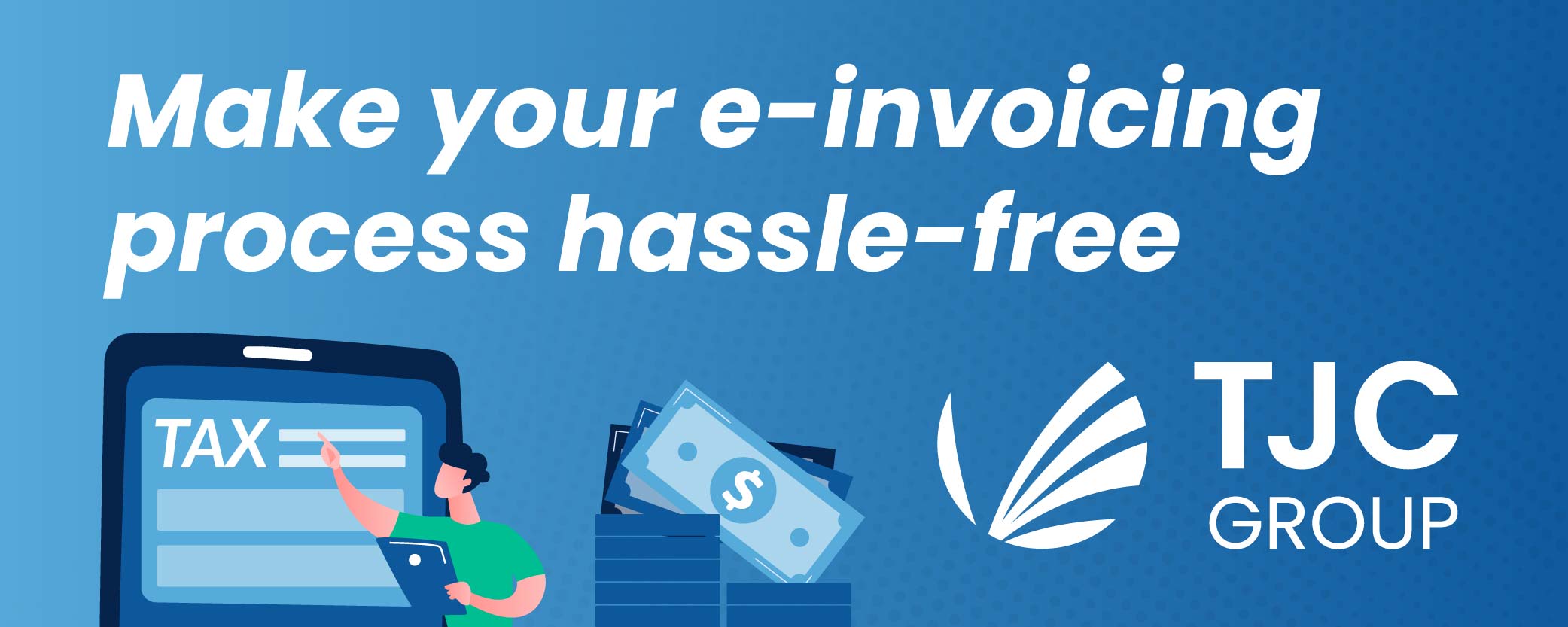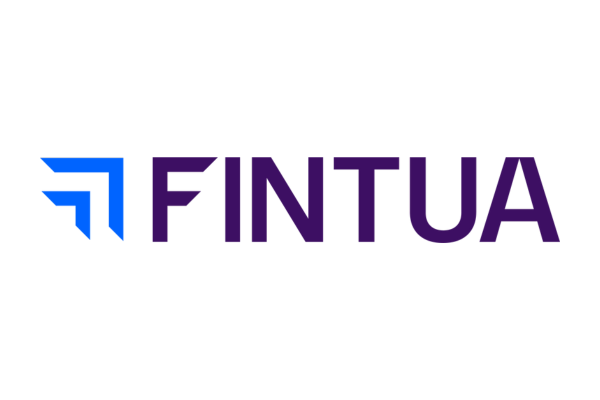The research team (International Observatory on eInvoicing of Politecnico di Milano) have been mapping the different eInvoicing exchange models active in the EU over the past months.
They are now trying to point out the characteristics that an efficient cross-border and supranational eInvoicing exchange model could/should have.
To date, we have identified 7 Selection Criteria:
- Interoperability – Ability of the model to interact and function with other national eInvoicing systems, whether existing or still in the making.
- Support for tax authority – A model focused on providing the information needed by the Tax Administration to control data exchanges and VAT
- Flexibility – Ability of the model to adapt to a wide range of variables, including document formats, exchange mechanisms, capacity scalability.
- Technological complexity – Level of infrastructural complexity of the platform in terms of setup costs, management costs, maintenance costs, and upgrade costs.
- Role of the supplier/buyer – Effort required to adapt to the model; operational effort to manage activities required by the model; management and data access/data ownership benefits.
- Role of the technology provider – Effort of the technology provider in connecting its systems with the supranational model; operational effort in exchanging data with the model
- Effort for countries with active platforms – Effort required to adapt to the new supranational model for countries with platforms already up and running.
They would like to gather feedback from other experts and discuss any changes/additions you would suggest. What do you think? Which one do you think is the most impactful? And the most complicated to deal with? Speak up!
Source ec.europa.eu







